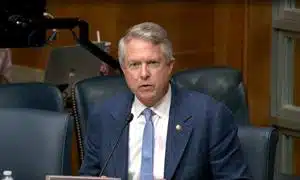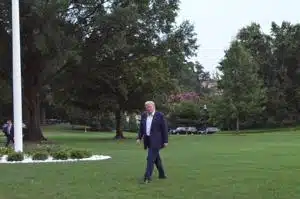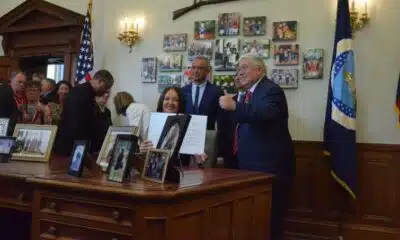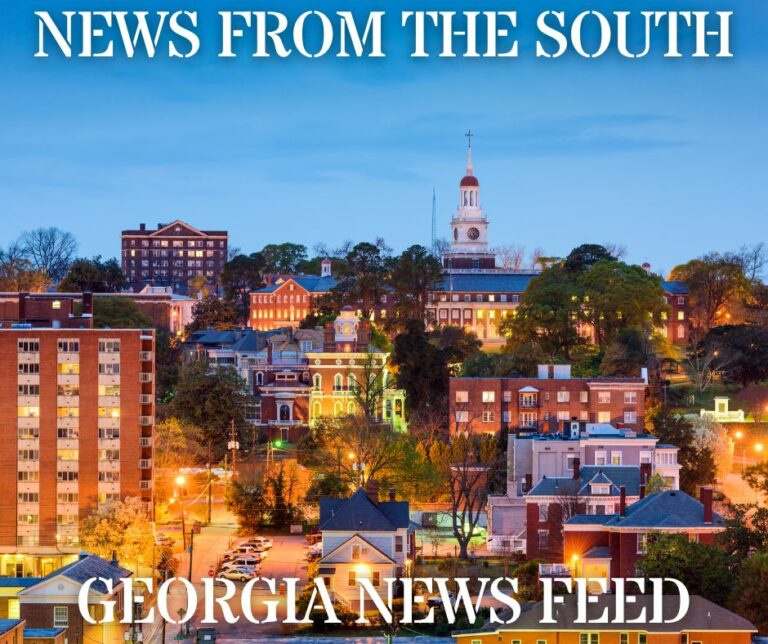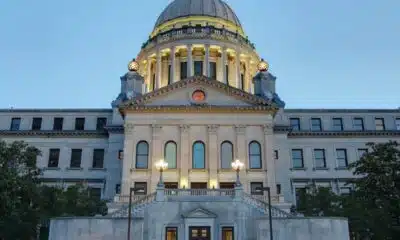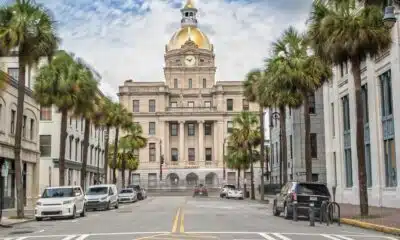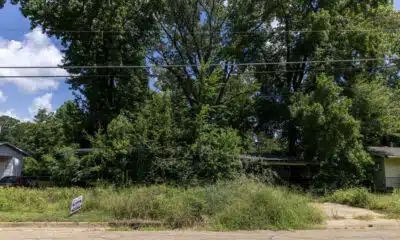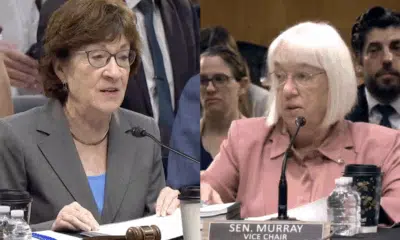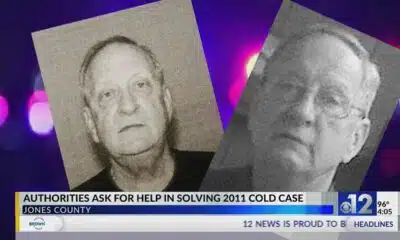(The Center Square) – Planned Parenthood’s political donations to Republicans have plummeted in the past decade, leaving the nation’s largest abortion provider with few friends on the right as it faces funding cuts under the Trump administration.
Planned Parenthood reports that about 34% of its funding comes from the federal government, usually through federal grants or reimbursements from Medicaid.
Planned Parenthood turns around and gives millions of dollars to Democrats each political cycle. In 2024, an analysis from the watchdog group Open Secrets, examining political donations from the large network of Planned Parenthood affiliates and political arms, the group donated $5,144,579, nearly all for liberal groups or Democrats, including former Vice President Kamala Harris in her bid against President Donald Trump.
No Republicans in the U.S. House or Senate received any donations from Planned Parenthood’s array of affiliates, according to Open Secrets.
At the federal level, Democrats received 99.83% of the political donations.
The nation’s largest abortion provider seems to have gone all in on one party, but that wasn’t always the case. A look back at the tenures of Barack Obama and George W. Bush showed Planned Parenthood gave to Republicans at the federal level as well. However, federal donation records show that the Trump era in Washington, D.C. is when donating to both sides came to an end.
Now, Trump is in charge of the executive branch and Republicans hold narrow majorities in both chambers of Congress, which seems poised to make his tax cuts permanent and enact other parts of his agenda.
Among a wave of other cost-saving cuts, Trump’s Health and Human Services agency is reportedly cutting tens of millions of dollars in Title X funding for Planned Parenthood clinics in about two dozen states.
HHS Title X grants are long-standing funding sources from the HHS Office of Population Affairs to Planned Parenthood for family planning services. During his first term, Trump limited Title X recipients from referring for abortions, a measure that was overturned by the Biden administration. Now, the battle over the same funding is underway.
A coalition of 29 senators sent a letter to HHS Secretary Robert F. Kennedy Jr. this week demanding the funding be reinstated. Notably absent were any Republican signatures.
Alexis McGill Johnson, president and CEO of Planned Parenthood Action Fund, the group’s lobbying arm, blasted Trump for his recent cuts and defended the nonprofit’s work.
“President Trump and Elon Musk are pushing their dangerous political agenda, stripping health care access from people nationwide, and not giving a second thought to the devastation they will cause,” McGill said.
But so far, it appears nobody is listening.
Meanwhile, in Medina v. Planned Parenthood South Atlantic, the U.S. Supreme Court is currently considering a case that involves South Carolina’s ban on Planned Parenthood from receiving any Medicaid funds because it performs abortions, even if those funds are not being used on abortions.
The Supreme Court case is not a direct challenge to South Carolina’s ban but whether private beneficiaries can sue to use their preferred provider, in this case Planned Parenthood.
The ruling involving South Carolina’s 2018 ban is expected in June. It could rebuff or pave the way for other states to ban Medicaid funds from going to Planned Parenthood.
Republicans have eyed defunding Planned Parenthood for years, though without success, over the abortion issues. Now, Planned Parenthood has become a staunch advocate on transgender issues, a less popular tenet that has become the subject of scrutiny for Republicans and some moderates.
“Planned Parenthood” is really a collection of linked groups, not a single entity. Planned Parenthood Federation of America (PPFA) provides medical services at hundreds of clinics around the country. The Planned Parenthood Action Fund is one political arm. Planned Parenthood also has a SuperPAC called Planned Parenthood Votes. Affiliates around the country vary in their size, funding and political engagement.
On top of that, there are state and regional political arms of Planned Parenthood affiliates, similar to how labor unions have national political activity and then local activity carried out by local affiliates.
This series of graphics from Open Secrets, shows the political donations of Planned Parenthood’s affiliates and demonstrates the recent dropoff in support for even moderate Republicans. These figures include donations to members of presidential committees as well.
When defending their federal funding, Planned Parenthood advocates regularly point to the necessity of their healthcare services, like STI testing and cancer screenings in poorer areas.
In its 2022-2023 annual fiscal year report, Planned Parenthood boasted 392,715 abortions. It also conducted 1,721 adoption referrals.
A Knights of Columbus/Marist Poll in 2022 found that 71% of Americans support legal limits on abortion and 54% oppose taxpayer funding for abortions.
Under current federal law, Planned Parenthood cannot be reimbursed by the federal government for abortions via Medicaid or Medicare except in the cases of rape, incest or threat to the life of the mother.
However, Planned Parenthood received about $700 million in one year from the government, according to its 2022-2023 report.
Critics argue that even with limitations to prevent federal funding from directly paying for most abortions, taxpayers are still propping up the nation’s largest abortion provider to the tune of hundreds of millions of dollars each year.
Defenders of Planned Parenthood say it helps underserved populations and provides abortions in places where recipients might otherwise struggle to obtain one.

